


Colourful Vegetarians
Molecular Biology of the Insect Digestive System Group, Department of Insect Symbiosis, in cooperation with the Microscopic Imaging Service Group, Max Planck Institute for Chemical Ecology
Shown here is a beetle of the species Spilopyra sumptuosa. It belongs to the species-rich family of leaf beetles, is one of its most colourful representatives – and at the same time extremely hard to find. Dr. Yannick Pauchet and his colleague Dr. Roy Kirsch are investigating how the current diversity of leaf beetle species could have evolved on such a nutrient-poor food source as plant leaves. Among other things, they are investigating the enzymes in the guts of these small vegetarians. As it turned out, the beetles, like us humans, let bacteria help them digest their food. The study of rare specimens such as the Spilopyra sumptuosa enables the scientists to trace the evolution of leaf-eaters piece by piece and to better understand the impact of symbiotic relationships.
© Veit Grabe & Roy Kirsch

Colourful Vegetarians
Molecular Biology of the Insect Digestive System Group, Department of Insect Symbiosis, in cooperation with the Microscopic Imaging Service Group, Max Planck Institute for Chemical Ecology
Shown here is a beetle of the species Spilopyra sumptuosa. It belongs to the species-rich family of leaf beetles, is one of its most colourful representatives – and at the same time extremely hard to find. Dr. Yannick Pauchet and his colleague Dr. Roy Kirsch are investigating how the current diversity of leaf beetle species could have evolved on such a nutrient-poor food source as plant leaves. Among other things, they are investigating the enzymes in the guts of these small vegetarians. As it turned out, the beetles, like us humans, let bacteria help them digest their food. The study of rare specimens such as the Spilopyra sumptuosa enables the scientists to trace the evolution of leaf-eaters piece by piece and to better understand the impact of symbiotic relationships.
© Veit Grabe & Roy Kirsch